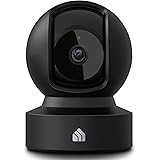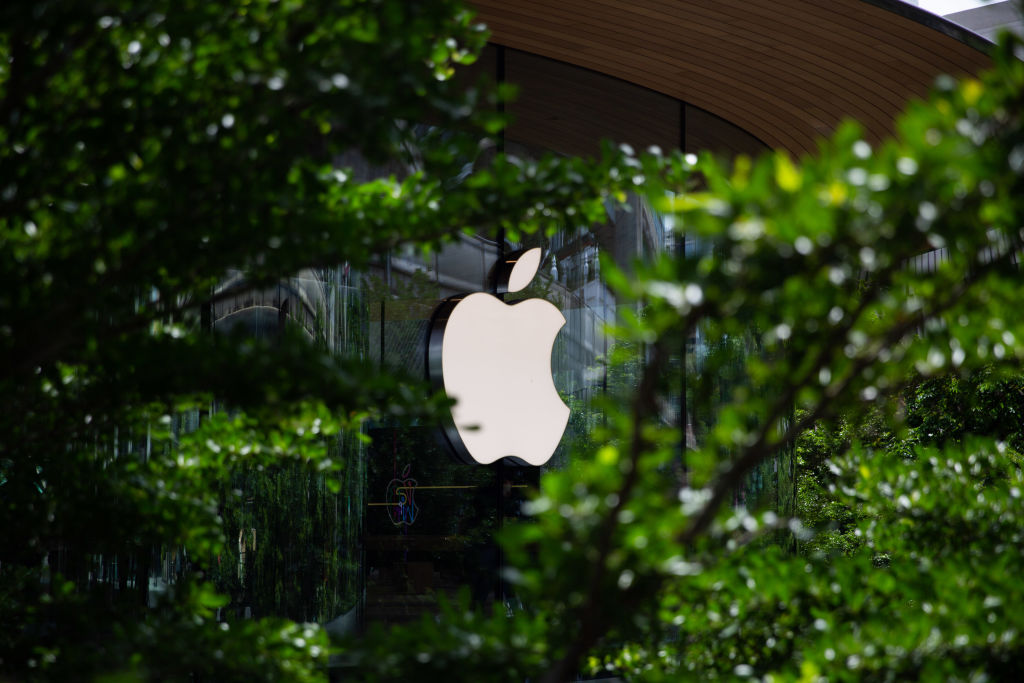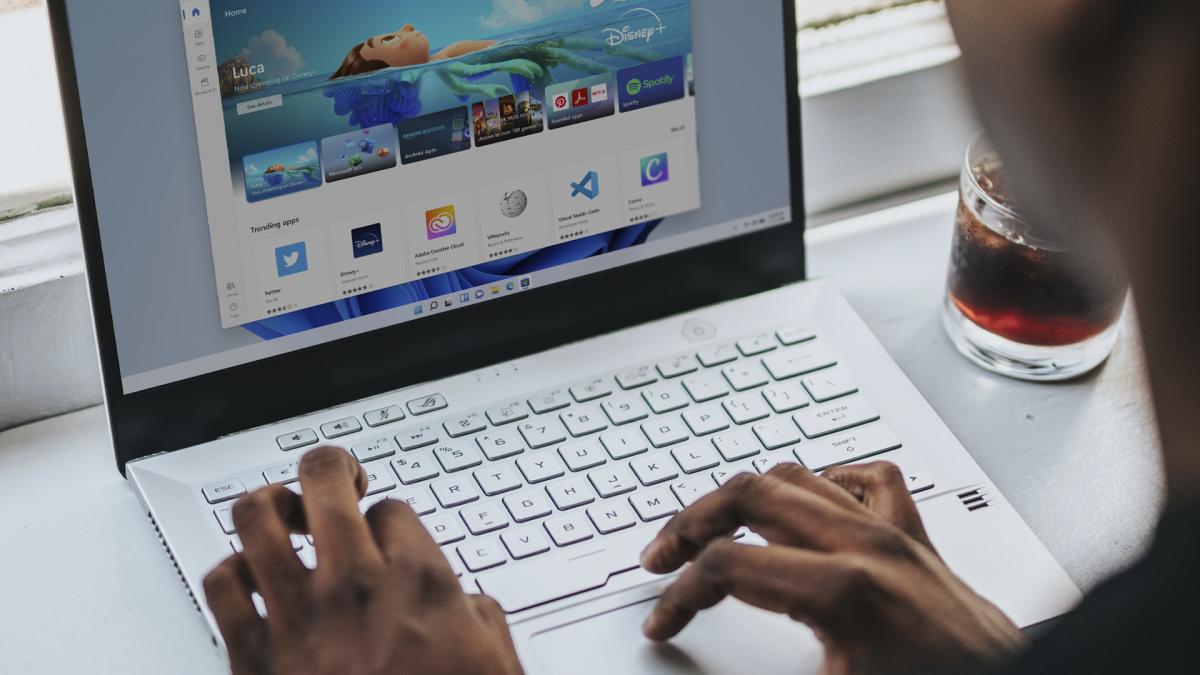
Samsung has just announced two new ultra-light laptops: the Galaxy Book 2 Pro, with a traditional format, and the Galaxy Book 2 Pro 360, a 2-in-1 with a flip-up touch screen. In line with last year’s models , these iterations integrate even better with Samsung’s device ecosystem, enabling continuity between Windows and Android that other manufacturers can only dream of. If you already own a Samsung phone or tablet, these are possibly the next computers to consider.
- Traditional clamshell format
- 13.3 / 15.6-inch models
- 11.2 / 11.7 / 13.2mm thick*
- 0.87 / 1.11 / 1.17kg weight*
- 1920 x 1080 pixel non-touch AMOLED display
- Backlit keyboard and number pad on 15.6″ models
- Intel Evo 12th gen CPU (i5 / i7)
- Intel Iris X / Intel Iris X / Intel ArcGPU
- 8 / 16 / 32 GB of LPDDR5 RAM
- Up to 1TB of NVMe SSD storage memory
- Wi-Fi 6E, Bluetooth v5.1 and optional 5G connectivity on 15.6″ models
- Ports Thunderbolt 4 (1), USB-C (1), USB 3.2 (1), HDMI (1), 3.5mm headphone/mic jack, microSD slot, and optional nano SIM on 15.6″ models
- 1080p camera / dual microphone
- AKG 4/5W stereo speakers with Dolby Atmos sound
- Battery up to 21 hours of video playback
- 65W USB-C charger
- Fingerprint reader on the power key
- Windows 11 and One UI Book 4
- In silver or graphite
- 2 in 1 format with 360 degree flip screen
- 13.3 / 15.6-inch models
- 11.5 / 11.9mm thick
- 1.04 / 1.41kg weight
- Super AMOLED touchscreen 1920 x 1080 pixels
- S-Pen compatible
- Backlit keyboard and number pad on 15.6″ models
- Intel Evo 12th gen CPU (i5 / i7)
- Intel Iris X GPU
- 8 / 16 / 32 GB of LPDDR5 RAM
- 256 / 512 / 1TB SSD storage memory
- Connectivity Wi-Fi 6E, Bluetooth v5.1
- Thunderbolt 4 (1), USB-C (2), 3.5mm headphone/mic jack, and microSD slot
- 1080p camera / dual microphone
- AKG 4/5W stereo speakers with Dolby Atmos sound
- Battery up to 21 hours of video playback
- 65W USB-C charger
- Fingerprint reader on the power key
- Windows 11 and One UI Book 4
- Available in silver, graphite or burgundy
I was able to test the different models for an hour, but I’ll stick with my first impression. I went to pick up the 13.3-inch Galaxy Book 2 Pro and found that it weighed nothing. At a well-distributed 870 grams and a profile of 11.2 millimeters when the lid is closed, my 6.7-inch phone felt like a brick by comparison.
Despite this renewed commitment to ultraportability, Samsung has not skimped on ports. The Galaxy Book 2 Pro has, on the one hand, a Thunderbolt 4 USB-C interface, an additional USB Type-C and a full-size HDMI port. On the other side, a micro SD card slot, a USB 3.2 type A port and a 3.5-millimeter headphone and microphone jack.
The 15.6-inch model with 5G connectivity adds a nano SIM card tray. The Galaxy Book 2 Pro 360, meanwhile, removes the HDMI port and USB-A port, but adds a third USB Type-C port. On all models, the charger is a small 65W USB-C power adapter. A charge of 30 minutes gives for a day of autonomy.
The Galaxy Book 2 Pro has a 33% brighter AMOLED screen with saturated colors, Samsung’s hallmark, but the Galaxy Book 2 Pro 360 leaves it behind with a Super AMOLED touch panel. This laptop brings the best of Galaxy phones to the desktop, including support for the S Pen (which now offers lower latency).
As a negative point, both models maintain a Full HD resolution of 1920 x 1080 pixels, including the 15.6-inch versions. This pixel density surely has a significant advantage in computer performance and battery consumption, but it seems thin compared to what we see in phones.
Thinness is also not incompatible with performance in the case of the Galaxy Book 2. Don’t expect an i9 and an Nvidia RTX among its configurations, but you can count on the latest generation of Intel i5 and i7 processors and, for the first time, a Dedicated GPU on the Pro model.
The Samsung Galaxy Book 2 can be configured with 12th generation Intel Evo processors (which have a multi-core architecture similar to big.LITTLE, with powerful cores and efficient cores), and integrated Intel Iris X or dedicated Intel Arc graphics. They are up to 1.7 times faster than their predecessors.
They’re not far behind in memory, with options up to 32GB of LPDDR5 RAM and 1TB of SSD storage. Neither in connectivity: W-Fi 6E, Bluetooth v5.1 and optional 5G cellular connection in the 15.6-inch models.
One of Samsung’s great claims for these Galaxy Book is its “enterprise-level” security integrations. Samsung has worked with Microsoft to elevate system security by integrating hardware and software from boot up to protect the user from firmware-level attacks. In addition, the user’s fingerprint is stored in a separate microprocessor (Finger Print Unit) to ensure data integrity.
Continuing with privacy enhancements, Samsung has brought Private Share to the desktop, a feature on Galaxy phones that uses blockchain technology to revoke access to shared documents over a period of time.
One of the weak points of the original Galaxy Book was the webcam . In the Galaxy Book 2, the camera increases its resolution from 720 to 1080p and its field of view from 77 to 87 degrees, adding several software tricks. by the way. The new laptops can center the frame on the person speaking, or open the frame as you move around the room.
It also improves the sound, with stereo speakers up to 5 watts and bidirectional microphones with noise cancellation based on machine learning.
Windows is still Windows, but the new Samsung laptops have been given the face of One UI, with icons and programs that will be familiar to users of Galaxy devices. Like Samsung Notes, which in addition to editing notes can also edit photos, even with advanced features such as automatic deletion of people and objects.
Many of Samsung’s integrations in Windows have to do with the continuity of the ecosystem. Second Screen allows you to use a Galaxy Tab tablet as an external monitor, but also to copy and paste text between devices. A hub is also added to control home automation.
Smarthings Find to locate your laptop even when it’s turned off, Galaxy Book Smart Switch to transfer files and settings from an old PC, regardless of manufacturer, Samsung File Tracker to locate files in a calendar view, and also Bixby voice assistant, which replaces the deceased Cortana. For some reason, laptops also include Alexa (among other examples of bloatware).
The new Samsung Galaxy Book 2 Pro will arrive in more markets than its predecessors starting in April. The Galaxy Book 2 Pro starts at $1,050. The Galaxy Book 2 Pro 360 starts at $1,250, with the S Pen included in the price. Models with 5G and the Galaxy Book Business, with the business-oriented Intel vPro platform, will be more expensive.
This article is translated from Gizmodo en Español. Read the original article.
Note: This article have been indexed to our site. We do not claim legitimacy, ownership or copyright of any of the content above. To see the article at original source Click Here












